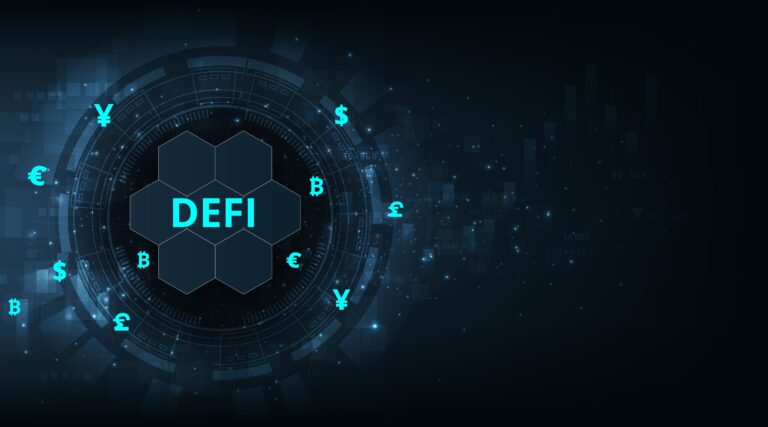Bitcoin’s hash rate is the amount of computing and processing power required for mining on the network. An input of data of any length converted into a fixed-length string of text is called “hash”.
Blockchain technology enables the existence of Bitcoin and other cryptocurrencies. The Bitcoin network represents a chain of blocks that contain information about the transactions made within the network.
The integrity of blocks is achieved by means of hashing and Bitcoin is given to hashing participants as a reward.
Why is hash rate important for investors and miners?
Hash rate is calculated to help miners foresee profitability. Since different kinds of equipment are used for mining, the hash rate of every machine varies depending on its speed, processing power and memory. The hash rate of the network increases with the machines being upgraded and vice-versa.
Only a specific amount of Bitcoin is released at once, that’s why there’s no guarantee that any other network will let you mine BTC more quickly.
Hashing power is impacted by the amount of miners in the network, their level of profitability and mining difficulty. The mining challenge increases with the number of miners trying to solve the equation and get the block reward resulting in hash rate rising. It’s much more difficult for hackers to infiltrate with the increased hash rate making the network more appealing to investors providing a high level of security.

A key indicator of the blockchain network’s strength and security is its hash rate.
When a great number of legitimate miners produce blocks, it leads to a high computational power being consumed by the network which makes the hash rate rising giving no way for bad actors to pose a menace. But, hash rate controllers are able to reverse the payments that lead to double-spending.
If the hash rate decreases, the network becomes exposed to cyber attacks due to the low cost of executing 51% of transactions. Moreover, a low hash rate makes the network less decentralized posing a threat to crypto investors. Crypto platforms can cease trading or delist a currency if it drops dramatically to protect the users.
Is a high hash rate a good indicator of the network’s security?
The more powerful the network is, the more difficult it is for hackers to take the network over, that’s why a significant hash rate is thought to be better for the stability and security of the network running PoW.
The SHA-256 cryptographic hashing function that converts the input data of any length into a fixed-length string of text dubbed hash is the technology used for hash rate measurement.
A hash rate could be expressed in billions, trillions, quadrillions and quintillions and expresses the number of calculations carried out every second. For example, a hash rate of 1Bh/s specifies that 1 billion estimates could be made in a second. So, how to measure the hash rate of Bitcoin? Exahashes per second (EH/s) that are equivalent to one quintillion hashes are utilized to represent Bitcoin’s hash rate. By comparing the time necessary to mine a block and network difficulty a hash rate could be roughly calculated.
Let’s shed light on what mining difficulty is. Mining difficulty is how hard it is for miners to produce a hash lower than the desired one that is achieved by lowering the hashed block header’s numerical value. A block on the Bitcoin network is produced every 10 seconds on average. BTW, if Bitcoin is generated less frequently than the average time the difficulty decreases and vice versa.
It’s worth mentioning, that Bitcoin’s network mining difficulty is changed after 2,016 blocks have been mined, it can go upwards or downwards depending on the amount of miners and the hashing power. Which hash rate does Bitcoin have now?
The exact BTC’s hashing power is unknown but the estimations could be made based on the number of blocks being mined at the moment and level of block difficulty. Blockchain.com provides evaluations of the present hash rate that is 224.383m TH/s as of September 25, 2022.
The primary factors affecting the hash rate are computational power, mining profitability and network difficulty. As miners get compensated in Bitcoin for incurring expenses during block production, the hash rate follows the price.
So, the more computational power is used, the higher the price is. Rational miners tend to mine only profitable BTCs meaning that any other currencies with no demand will have no value and miners would redirect its resources somewhere else.
Swings of BTC’s price are important not only for some speculative reasons, it also influences miner’s behavior and the energy consumption of the network. Across the years there was a belief in strong correlation between the hash rate and Bitcoin’s price.
It might not be true since the efforts for producing goods or services from the side of a manufacturer do not influence the price consumers pay as producers are price-takers in a competitive environment. Conversely, it might be incorrect for the Bitcoin market as there are only a few mining pools who control the market price. On top of that, the entirely inelastic supply of Bitcoin and fierce competition in the mining industry make miners behave differently.